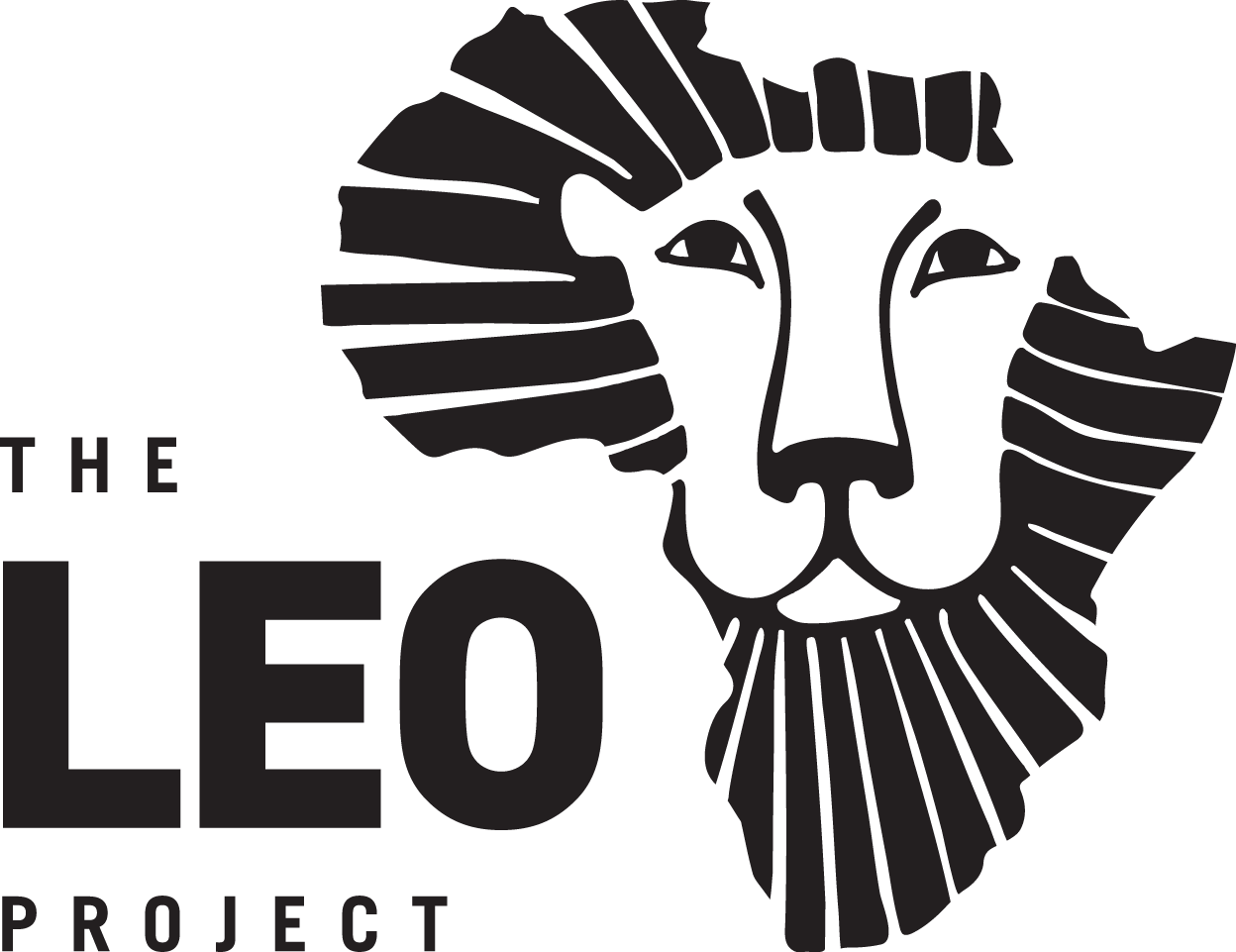peace through art
The Leo Project’s Amani Sanaa program has equipped young people with the tools of media and storytelling while building bridges across historically divided communities. Derived from the Swahili words for “peace” and “art,” Amani Sanaa envisions a future in which peace and creativity bring people closer together.
Over the past four months, students have gathered weekly at The Leo Project’s Resource Center in Jua Kali. While they gained technical skills—like lighting, editing, and audio production—they also dove deep into conversations about interpersonal conflict and cultural harmony. With digital tools in hand, they began sharing a profoundly human message of peace.
“Really it's an incubator to help young people use media and the arts to affect the kinds of change in the world that they want to see,” said Hayden Bixby of Creative Visions, the organization sponsoring the Students Rebuild initiative that has helped make Amani Sanaa possible. “And, we have been really excited to be able to offer grant funding that allows young people outside the US to participate in Students Rebuild for the first time,” she added.
Image from the Amani Sanaa project of Grace Rawa and Pamela Rana. (Photo: Pamela Rana. Pictured: Grace Rawa)
The Amani Sanaa project included three main creative projects:
Photography: Students developed visual storylines on peace and conflict and captured powerful images to illustrate them.
Film Production: The group collaborated to create, film, and edit a short documentary that captured their perspectives on peace (see below).
Music Production: Produced by student James Simba, an original song was recorded in collaboration with students from St. Christopher’s School in Nanyuki. Featuring lyrics in Swahili and English, the track delivers a powerful message of peace and unity.
Understanding Peace film created by, and featuring, Amani Sanaa students.
For Teresa “Triza” Kibuchi, being part of Amani Sanaa led her to a greater understanding of peacebuilding. A recent high school graduate living in Nanyuki, Triza has faced her share of challenges growing up in a region marked by tribal conflict and community disputes—even within her own family.
Her time with Amani Sanaa has given her greater confidence when faced with such conflict, explaining that the knowledge she has gained, “has deepened my way of understanding about peace. And it has promoted my critical thinking and social-emotional skills, and also helped me to promote compassion.”
Triza plans to take what she’s learned into her next chapter. In September, she’ll begin her studies to become a teacher, and she looks forward to becoming a mentor and role model to young people. “Peace must be a part of [my teaching], because we are hoping for many peaceful, beautiful generations to come,” she reflected.
Image from the Amani Sanaa project of Victor Lobura and Teresa Kibuchi.
Another student, Collins Khalid, joined the program to develop skills in photography, videography, and public speaking—skills that he’s added to what he calls his “arsenal.” But what he didn’t expect was how much the program would change the way he sees himself and the world. “I never thought about peace as much as I do now,” he shared. “I used to think that peace is what Presidents - big people - influence, but I was wrong. Peace touches us wherever we are. So Amani Sana introduced me to peace.”
Through his work with Amani Sanaa, Collins also began to see art differently. “I used to think that art is a talent, but art is something that can be learned. If you just put your mind into it, it can be learned.”
Being part of Amani Sanaa hasn’t just given Collins new skills—it’s also given him a community. “They say that if an egg breaks on the inside, life begins, and when it breaks on the outside, life dies. In Amani Sana, life begins on the inside. You get to meet new people, friends, and then you start to network because in the future, when I have a project, I can call my classmates and tell them to help me do this project.”
Image from the Amani Sanaa project of Benson Kilwa and Collins Khalid. (Photo: Collins Kahlid. Pictured: Benson Kilwa).
On May 23, the creative work of Amani Sanaa students—alongside fellow Students Rebuild grant recipients Slum Film Festival and St. Christopher’s School in Nanyuki—was featured in a showcase and concert. Attendees viewed student films, listened to original music, and explored powerful visual art. “There have been so many surprises and the young people that have been creating this thing with us have been inspiring,” Hayden reflected.
Amani Sanaa has become a launchpad for young peace-builders and storytellers. As Asande Maoga, manager of TLP’s Media Lab and leader of the Amani Sanaa program shared, "Opportunities like Amani Sanaa are rare, especially in communities where creative expression isn't always accessible. Being part of these students’ growth has been a gift, and I truly believe they will take this experience and use it to inspire change across borders."
With new skills, confidence, and a growing community, these students are showing the world—and themselves—that art is not just a reflection of society, it’s a force to reshape it.



